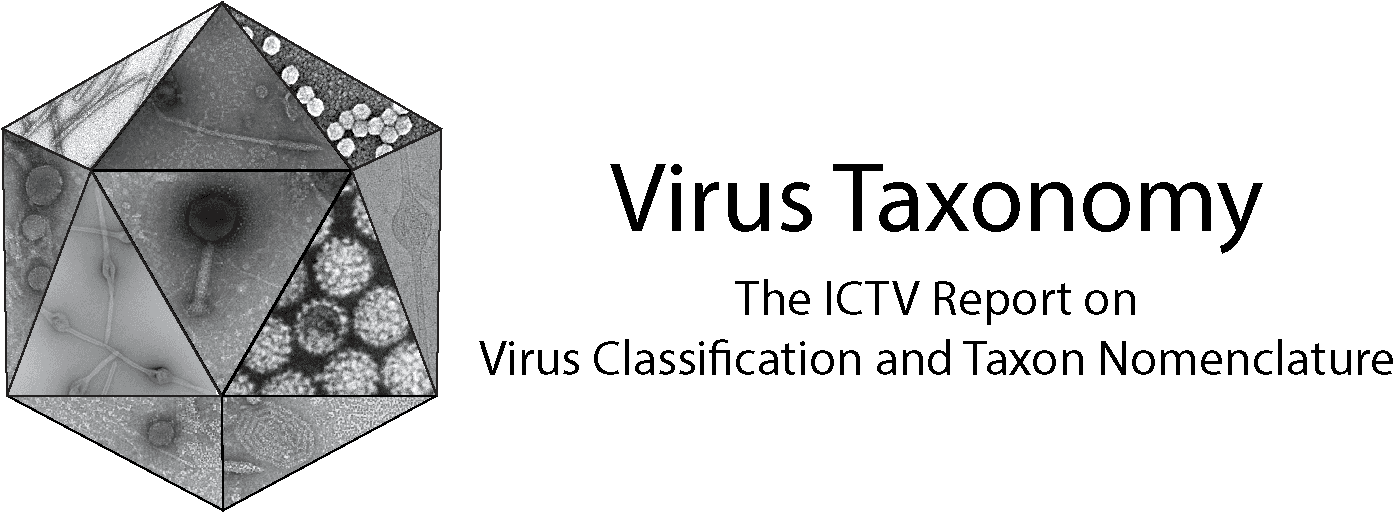Family: Secoviridae
Genus: Sequivirus
Distinguishing features
Sequiviruses have a monopartite genome and three capsid proteins (CP) in their virions; sequiviruses are transmitted by aphids in the presence of a helper virus.
Virion
Virions contain three CPs of about 32–34, 22–26 and 22–24 kDa.
Genome organisation and replication
The genome consists of a single molecule of ssRNA that encodes a single large polyprotein. The replication block (NTB-Pro-Pol) is contained in the C-terminal region of the polyprotein (Stewart 2021). The structural protein domains are present in the N-terminal region of the polyprotein but are separated from the N-terminus by a protein domain of about 40–60 kDa. Infectivity of the genome is susceptible to proteinase treatment suggesting the presence of a 5ʹ-linked VPg (Murant et al., 1987). The parsnip yellow fleck virus (PYFV) RNA is not polyadenylated (Turnbull-Ross et al., 1992). This is a unique property within this family. In contrast, the RNA of carrot necrotic dieback virus is polyadenylated (Menzel and Vetten 2008). Tubular structures containing virus-like particles have been observed traversing the cell wall of PYFV-infected cells (Murant et al., 1975). However, their role in cell-to-cell movement has not been investigated and the presence of a movement protein in the polyprotein (possibly upstream of the CPs) needs to be confirmed.
Biology
The natural host range of sequiviruses includes species in several plant families. Transmission is by aphids in a semi-persistent manner. However, it is dependent on the presence of a helper virus in the genus Waikavirus (Murant and Gould 1968).
Species demarcation criteria
See discussion under family description.

